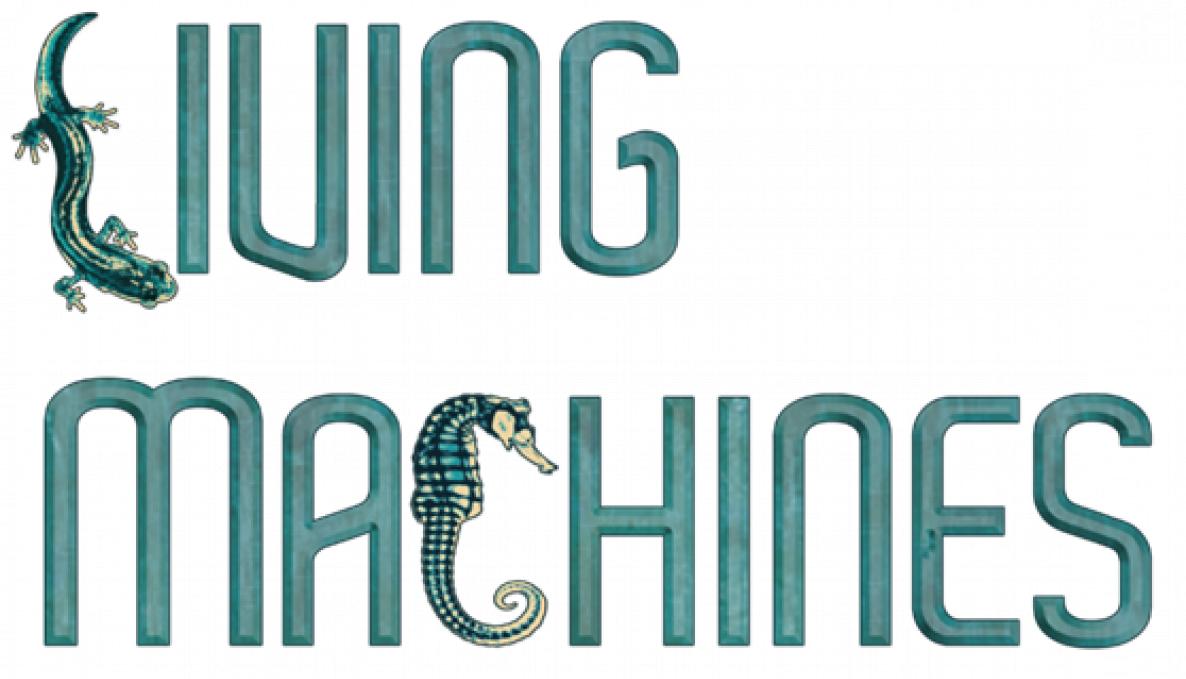Biohybrid actuators and enabling technologies: step-by-step towards futuristic machines
Living Machine 2023: Genova, 10 July 2023

Biohybrid actuators combine biological components, such as muscle cells, with artificially engineered materials to create functional systems capable of moving or generating forces. These devices hold great promise for a broad range of biomedical applications, allowing tasks that are difficult or impossible for conventional technologies. This represents an exciting area of research at the intersection of biology and engineering, with the potential to create new types of machines and devices that can improve people's health and quality of life.
Advanced biohybrid actuators still require the development of some enabling technologies. Advancements in synthetic biology, tissue engineering, and microfabrication technologies are enabling researchers to more efficiently integrating biological and synthetic components within biohybrid systems, responsive to different types of stimuli. In parallel, the continuous rise of artificial intelligence algorithms and simulative environments is unraveling novel scenarios for the optimization of biohybrid actuator designs and performances.
This Workshop provides an overview of the latest developments in biohybrid actuator technology and the corresponding enabling technologies. Potential applications and the key challenges that must be addressed to concretize their potential entirely are also analyzed.
Motivation
The development of biohybrid actuators is driven by the desire to develop new types of machines able to overcome the intrinsic limitations of currently available actuation technologies. However, several efforts still need to see the light out of the room for their real application in specific technological scenarios. For this purpose, enabling technologies may provide the means to generate giant leaps in the performance and capabilities of biohybrid actuators. For example, optimal actuator configurations may be achieved through artificial intelligence algorithms and simulative environments, searching for alternative materials or actuator designs, advanced in vitro tissue engineering modalities, unconventional way of stimulating cells, and ways to keep them alive and functional over a long period of time.
The Workshop aims to provide an overview of different applications of biohybrid actuators, highlighting recent trends and research that may be put into the loop to enforce their development towards a consolidated use.
The above-mentioned opportunities and issues will be discussed within the Workshop, with nine talks touching on different aspects and covering different possible approaches to be pursued in this field. Finally, a round table will allow wrapping up the key messages that emerged in the Workshop and will foster direct interaction between the speakers and the audience, to further discuss the most intriguing aspects of this research field.
The Living Machines conference is focused on the intersection of biology and engineering, specifically on developing new technologies inspired by or based on biological systems. Biohybrid actuators are an excellent example of this type of technology, and the conference would be an ideal opportunity for presenting the latest research and discussing the potential applications of these devices and the technologies that are growing around them to enable their use in the next future. The conference also provides a platform for interdisciplinary collaboration between researchers from various fields, including biologists, engineers, physicists, and computer scientists, making it an ideal venue for discussing biohybrid actuator research.
Program
| 12:45 | 13:00 | Registration and Opening |
| 13:00 | 13:10 | Introduction |
| 13:10 | 13:30 | 'Bio-hybrid actuators: from thin films to a steerable catheter' (Lorenzo Vannozzi, Scuola Superiore Sant'Anna) |
| 13:30 | 13:50 | 'Biohybrid Robotics' (Shoji Takeuchi, The University of Tokyo, KISTEC) - remote |
| 13:50 | 14:10 | 'Development of 3D bioengineered skeletal muscle-based biohybrid actuators' (Judith Fuentes, Institute for Bioengineering of Catalonia) |
| 14:10 | 14:30 | Break |
| 14:30 | 14:50 | 'Micro- and Nanoengineered Biomaterials for Biohybrid Soft Robots' (Su Ryon Shin, Harvard Medical School Brigham and Women's Hospital) - remote |
| 14:50 | 15:10 | 'Advanced materials for unconventional robotics' (Yu Jun Tan, National University of Singapore) |
| 15:10 | 15:30 | 'Computational tools in designing biohybrid robots' (Igor Balaz, University of Novi Sad) |
| 15:30 | 15:50 | Break |
| 15:50 | 16:10 | Evolutionary optimization of soft robots' (Antisthenis Tsompanas, University of the West of England) |
| 16:10 | 16:30 | 'Bioreactors and microfluidics' (Elena Martinez Fraiz, Institute for Bioengineering of Catalonia) |
| 16:30 | 16:50 | 'Integration of organic electronics and biohybrid systems: opportunities and criticalities' (Stefano Lai, University of Cagliari) |
| 16:50 | 17:10 | 'The light as a driving element for bio-hybrid actuation' (Vito Vurro, Italian Institute of Technology) |
| 17:10 | 17:30 | Round Table, and closing remarks |
This Workshop is supported by the BioMeld project, funded from the European Union’s Horizon Europe research and innovation program under grant agreement No. 101070328

